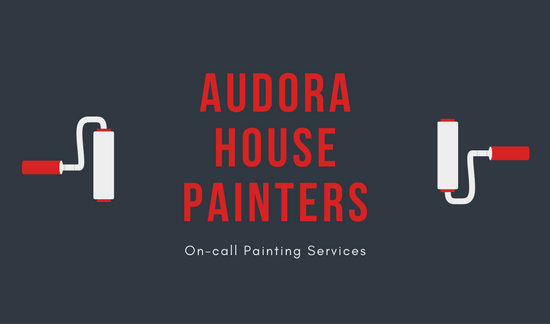Comprehending exactly how weather can influence the end result of an exterior paint undertaking is critical for accomplishing a perfect surface. From temperature level changes modifying paint adhesion to moisture levels affecting drying out times, each element of weather condition plays a substantial role in the success of your task. Additionally, wind rate and rainfall can introduce unforeseen difficulties that may endanger the top quality of the final result. As we browse via the subtleties of weather condition's effect on external painting, it comes to be evident that precise preparation and critical timing are critical for ensuring a specialist and resilient outcome.
Perfect Temperature Variety for Painting
When thinking about external painting projects, the ideal temperature level range plays a vital duty in accomplishing optimal outcomes. Painting in the right temperature problems makes sure that the paint sticks effectively to the surface area, dries out equally, and treatments successfully. Usually, please click the up coming website page recommended temperature level variety for exterior paint is between 50 to 85 levels Fahrenheit.
Painting in temperatures listed below 50 degrees Fahrenheit can lead to issues such as poor paint adhesion, extended drying out times, and an increased probability of cracking or peeling off.
On the other hand, painting in temperatures above 85 levels Fahrenheit can trigger the paint to completely dry also quickly, leading to blistering, gurgling, and an uneven surface.
To attain the most effective results, it is vital to examine the weather report prior to beginning an outside painting task. Ideally, objective to repaint throughout mild weather conditions with modest temperature levels and low humidity degrees.
Impacts of Humidity on Paint Drying
Moisture degrees dramatically affect the drying procedure of paint related to exterior surfaces. High humidity can prolong the drying time of paint, causing prospective issues such as dripping, streaking, or even the formation of bubbles on the repainted surface. Excess moisture in the air slows down the evaporation of water from the paint, impeding the curing procedure. This is particularly problematic for water-based paints, as they depend on dissipation for drying out.
On the other hand, low moisture degrees can additionally influence paint drying. Extremely dry problems may trigger the paint to dry too rapidly, causing inadequate bond and a harsh finish. In commercial floor painting contractors , adding a paint conditioner or splashing a great mist of water airborne can aid manage moisture degrees and improve the paint result.
To make certain ideal drying out problems, it is advisable to paint when the humidity degrees range between 40% and 50%.
Surveillance moisture levels and taking ideal actions can help achieve a smooth and resilient paint finish on exterior surface areas.
Wind and Precipitation Factors To Consider
Wind rate and rainfall are essential aspects that dramatically impact the success of an outside paint project.
When it concerns wind, both speed and instructions are important factors to consider. High wind rates can create paint to completely dry as well swiftly, causing a poor do with possible concerns like fracturing or unequal structure. In addition, wind can carry debris that might adhere to the wet paint, bring about imperfections. As a result, painters ought to intend to service days with light to moderate winds for optimal paint problems.
On the other hand, rainfall, whether rainfall or snow, can be incredibly harmful to the end result of an external paint job. Dampness from precipitation can prevent paint attachment, creating peeling and bubbling over time. It is important to avoid painting throughout wet or snowy weather condition to make sure the longevity and top quality of the paint job. Painters should likewise enable adequate time for the surface to dry completely after any kind of rainfall prior to commencing or returning to the paint process.
Verdict
Finally, weather conditions play a considerable function in the outcome of an external painting project. The suitable temperature variety, moisture degrees, wind speed, and precipitation all add to the success or failure of the paint job.
visit the following website is necessary to think about these elements and strategy appropriately to make sure proper paint adhesion, drying times, and overall high quality of the finished product.
